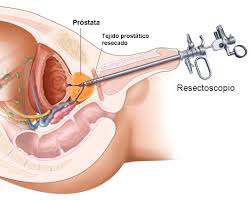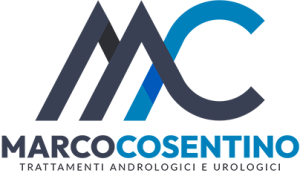Prostate benign hyperplasia Treatment
Medical Treatment
In this section Hiperplasia Benigna de Próstata. we explain what is the benign prostate hyperplasia, here we explain the medical treatment proposed for this condition.
There are many treatments for BPH, specialist will decide which is the better for you taking into account different parameters.
In general, main treatments for BPH are:
- Medical Treatment
- Surgery.
Medical treatment
- Alpha Blockers. Alpha blockers are pills that relax the muscles of the prostate and bladder. They improve urine flow and reduce symptoms of BPH rapidly. Main side effects of alpha blockers include dizziness, lightheadedness, fatigue and retro-ejaculation (patient may see a lower or absent volume of sperm); they are all related to drug use and effect is totally reversible leaving the drug. This treatment is good for men with moderate to severe BPH but with a “medium size” prostate (in prostate volume > 45cc alpha blockers does not works good).
- 5-Alpha Reductase Inhibitors. Alpha reductase inhibitors block the conversion of testosterone into dihydrotestosterone (DHT) reducing progressively prostate volume. These drugs lower the need for surgery and, side effects, are mainly sexual because they can reduced libido. Patients need to use this drug no less than 3-4 months in order to objectify a change in symptoms. They may be the best for men with very large prostate glands.
- Combination Therapy. Combination therapy uses an alpha blocker and a 5-alpha reductase inhibitor together. Several studies have shown that combining two classes of medications, instead of using just one, is more effectively in reduce lower urinary tract symptoms, improve urinary flow, and quality of life. They work better together than either one alone and may prevent BPH from getting worse. Men with high volume prostates are good candidates for this treatment.
Minimally Invasive Surgeries

Un candidato para este tipo de cirugía para el tratamiento de la próstata puede tener:
- Trans-Urethral Resection of Prostate (TURP);
- Photoselective Vaporization with plasma (PVP);
- Holmium Laser, or Bipolar, Enucleation of Prostate (HoLEP).
Transurethral Resection of the Prostate (TURP)
- Trans Urethral Resection of the Prostate (TURP) is the most common surgery for BPH and uses electric current. After introducing the instrument through urethra, a loop cuts tissue and seals blood vessels, the removed tissue flushes into the bladder and then out of the body. A catheter is placed in the bladder through the penis and patient is discharged 48-72 hours after surgery. This treatment has excellent outcomes and all treatments are generally compared with it.
Photoselective Vaporization of the Prostate (PVP)
- With photoselective vaporization of the prostate of the prostate (PVP), like in all others techniques, surgeon uses an instrument that passes through the penis into the urethra. An electrode moves across the prostate surface and sends an electrical current that vaporizes prostate tissue. Energy used is “bipolar” and the instrument permits the formation of a plasma cloud on prostate surface which permits vaporization of tissue. Blood vessels are coagulated and sealed at the same time of vaporization; bleeding and fluid absorption are rare side effects and patient is usually discharged without a catheter 24-48 hours after surgery.
Plasmakinetic Enucleation of the Prostate (PEP)
- With plasmakinetic enucleation of the prostate (PEP), the surgeon places a resectoscope through the penis into the urethra and, the plasma powered instrument, allows the separation (enucleation) of prostatic adenoma from prostatic capsule that is pushed into the bladder and then fragmented and removed. Benefits are related to a bleeding and complications similar respect to PVP, and the possibility to avoid a more invasive surgery related (abdominal surgery) with high percentage of complication. During the first period after surgery, like in PVP and due the kind of energy used, patient may complain “irritative” LUTS (like frequency, urgency, and urge incontinence) that resolve slowly over time. Good candidates for this treatment are men with large prostate who wish to avoid more invasive surgery or those which cannot be candidates for major surgery because of their problems.
Dr. Marco Cosentino
Andrological and Urological Treatments
I operate for years as specialized urologist and andrologist. Experience, research and international studies. I have done allows me to treat many problems, dysfunctions or diseases and urological andrology nature. Working with the aim of making each patient regain my intimate and satisfactory sex life.



